In the modern automotive industry, the suspension system not only determines a vehicle's handling and comfort but also directly impacts driving safety and overall performance. Automotive Suspension Europe's development a...
READ MORE-
-
In the modern automotive industry, driving comfort and stability are increasingly important for passenger cars, and the performance of the rear suspension system directly impacts the vehicle's overall performance. As an ...
READ MORE -
In modern automotive engineering and high-end vehicle customization, high-performance shock absorbers have become a crucial component influencing vehicle handling, comfort, safety, and sporty performance. As the automoti...
READ MORE
What are the common faults of Mitsubishi truck shock absorbers? How do they affect the driving performance of the vehicle?
Common faults of Mitsubishi truck shock absorbers include:
Oil leakage: The internal oil of the shock absorber leaks, resulting in a weakened shock absorption effect, aggravated vehicle vibration, and affected ride comfort.
Gas leakage inside the shock absorber: Loss of air pressure support causes the shock absorber to be unable to effectively absorb shock, affecting vehicle handling, especially when driving at high speeds.
Shock absorber aging: Aging or damage of rubber seals causes the shock absorber to fail to work properly, increasing the impact between the wheels and the ground, and reducing vehicle stability.
Shock absorber spring breakage or deformation: Damage to the spring causes the vehicle body to be unstable, the suspension system fails, and may cause excessive shaking or bumps.
Noise problem: Due to loose or worn internal components, the shock absorber may make abnormal noises, indicating that there is a problem with the shock absorption system, affecting the smoothness and safety of driving.
These faults will cause the performance of the vehicle suspension system to decline, increase driving difficulty, affect ride comfort, and may shorten the life of other related components.
How to determine whether the Mitsubishi truck shock absorber needs to be replaced? What are the common inspection methods and standards?
To determine whether the shock absorber of a Mitsubishi truck needs to be replaced, the following common inspection methods and standards can usually be used:
1. Visual inspection
Oil leakage: Check whether there are oil stains or oil marks on the outside of the shock absorber. Shock absorber oil leakage is a common fault, which usually causes the loss of its shock absorption function. If oil stains are found, it means that there may be a problem with the sealing system of the shock absorber and it needs to be replaced.
Appearance damage: Check whether the shock absorber housing has dents, cracks or corrosion. If the shock absorber housing is hit or physically damaged, it may affect its normal operation.
2. Body stability inspection
Vehicle bumps: During driving, especially on uneven roads, if the vehicle shows excessive bumps or vibrations, it may be a sign of shock absorber failure.
Roll and imbalance: When turning sharply, if the vehicle has obvious roll or tilt, it may be because the shock absorber fails and cannot provide sufficient support.
Bounce when braking: When braking, if the vehicle body shakes or jumps back and forth, it is usually a sign of reduced shock absorber performance.
3. Test drive inspection
Road feel inspection: The driver can feel the driving status of the vehicle through a test drive. If there is excessive vibration or the vehicle loses control while driving, it may be that the shock absorber is no longer effective.
Vibration perception: Pay attention to the vibration of the vehicle during driving. If the vibration is particularly obvious when the vehicle passes through potholes or uneven roads, or the driving becomes unstable, it may be that the performance of the shock absorber has declined.
4. Sound inspection
Abnormal noise: If the shock absorber makes abnormal noise (such as creaking, knocking, etc.) when working, it usually indicates that the internal parts are worn or loose, and the shock absorption effect of the shock absorber has weakened or completely failed.
5. Jump test
Body reaction test: Press the body of the car with your hand, especially the part near the wheel, and then release it quickly. If the vehicle bounces back many times or reacts too slowly, it means that the shock absorber may have failed. Under normal circumstances, the vehicle should stop after one or two jumps.
6. Shock absorber performance test
Professional equipment inspection: Use professional testing equipment (such as a shock absorber tester) to test the shock absorption capacity and damping effect of the shock absorber. If the test results show that the performance of the shock absorber is far below the standard value, it needs to be replaced.
7. Mileage and service life
Mileage: Most shock absorbers have a service life of 50,000 to 100,000 kilometers (depending on the vehicle type, driving environment, and load conditions). If the vehicle has traveled close to or exceeded this mileage, it is recommended to check whether the shock absorbers need to be replaced.
Age: Even if the vehicle has traveled less mileage, the shock absorbers may need to be replaced due to material aging. Especially in harsh climates, shock absorbers may age prematurely.
Standard:
Shock absorption effect: If the damping effect of the shock absorber is obviously insufficient and cannot effectively absorb the impact between the wheel and the road, the vehicle will show greater vibration and shaking.
Body stability: The vehicle body should be stable when cornering, braking, or on bumpy roads. If swaying or loss of control occurs, it means that the shock absorber is not working properly.
 EN
EN  English
English Español
Español



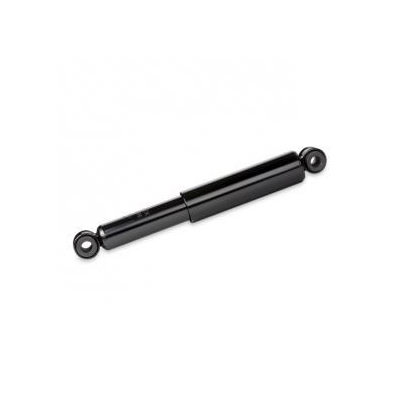
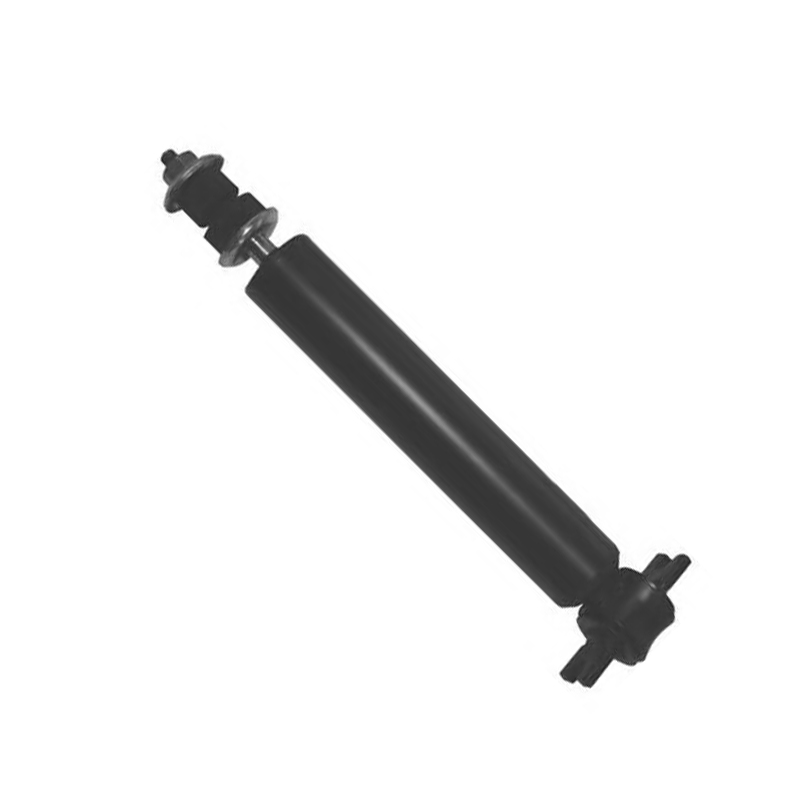
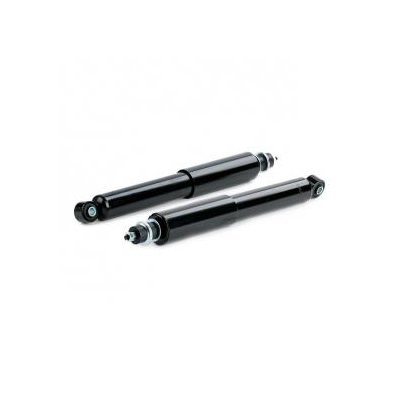
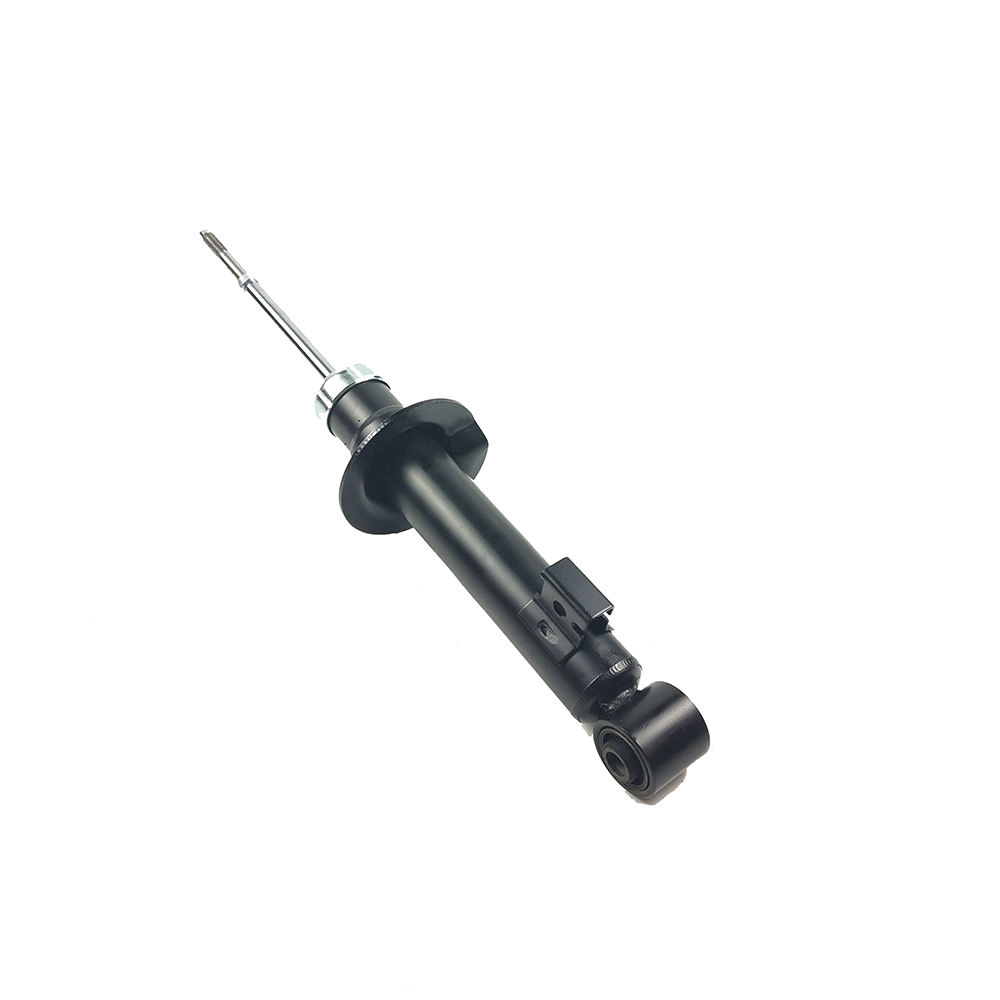
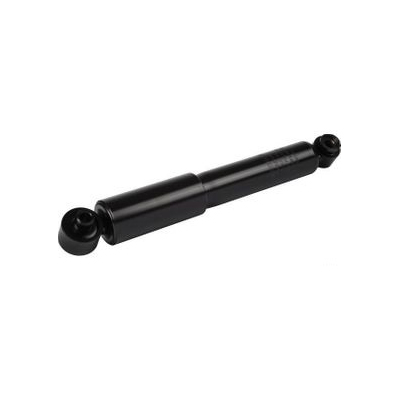
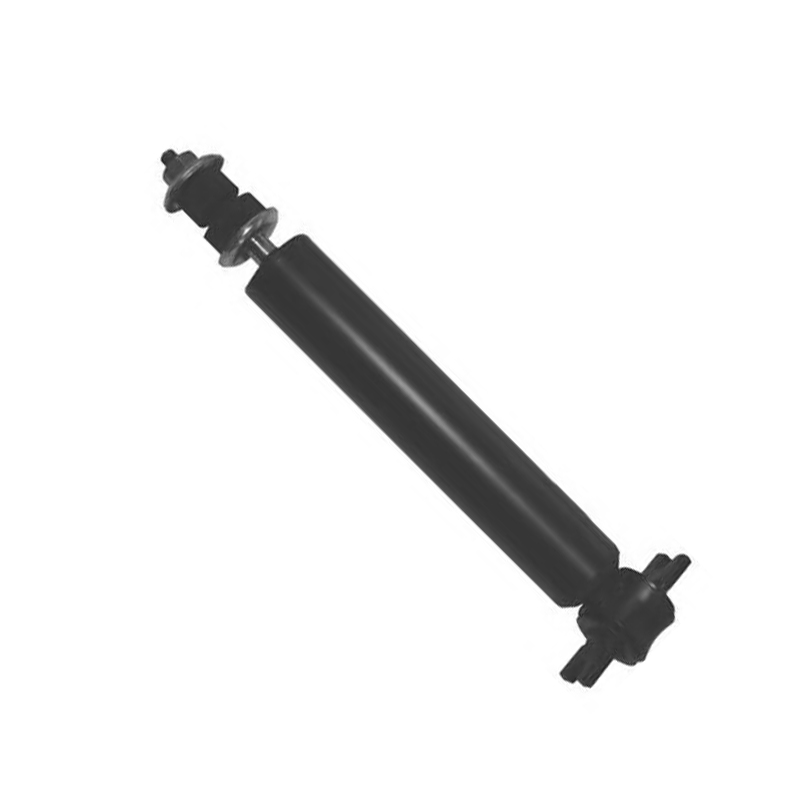

 +86-13757453333
+86-13757453333  +86-572-8355557
+86-572-8355557  Caroline@gerep.cn
Caroline@gerep.cn  No. 36, South Zhenxing Rd., Zhongguan Town, Deqing County, Huzhou, Zhejiang, China
No. 36, South Zhenxing Rd., Zhongguan Town, Deqing County, Huzhou, Zhejiang, China 